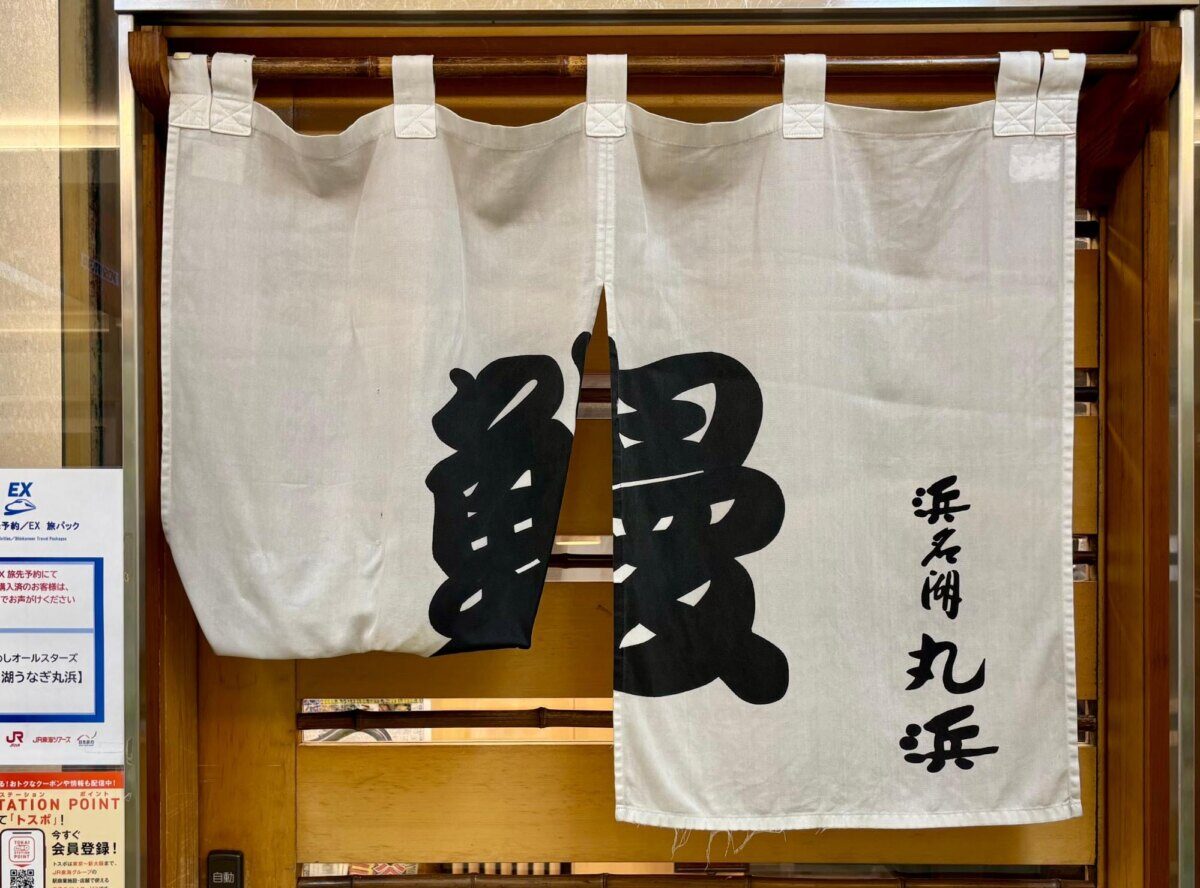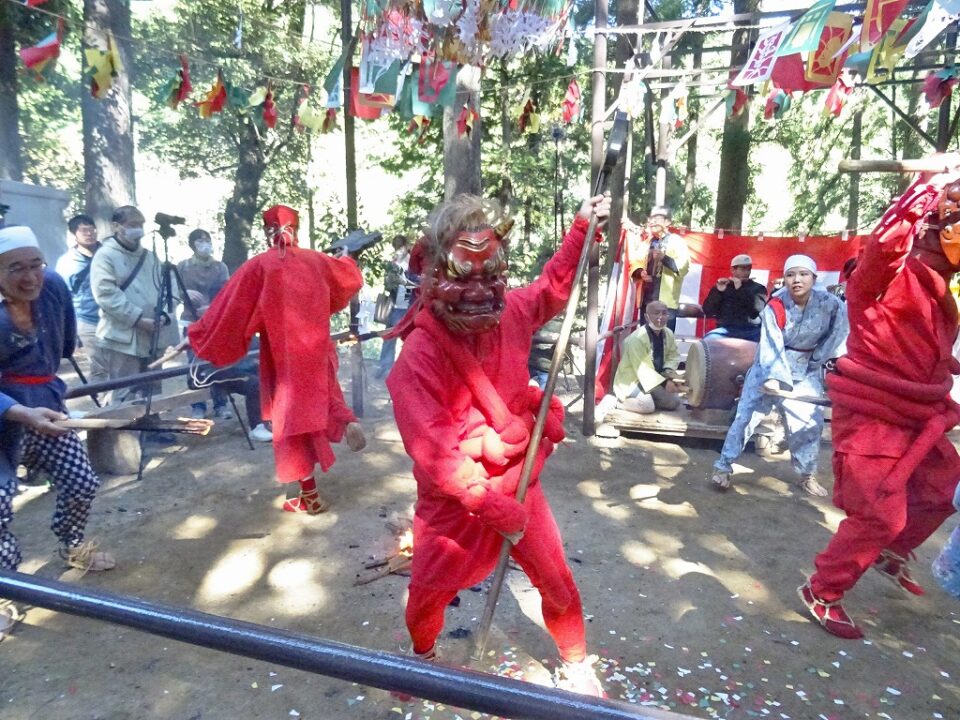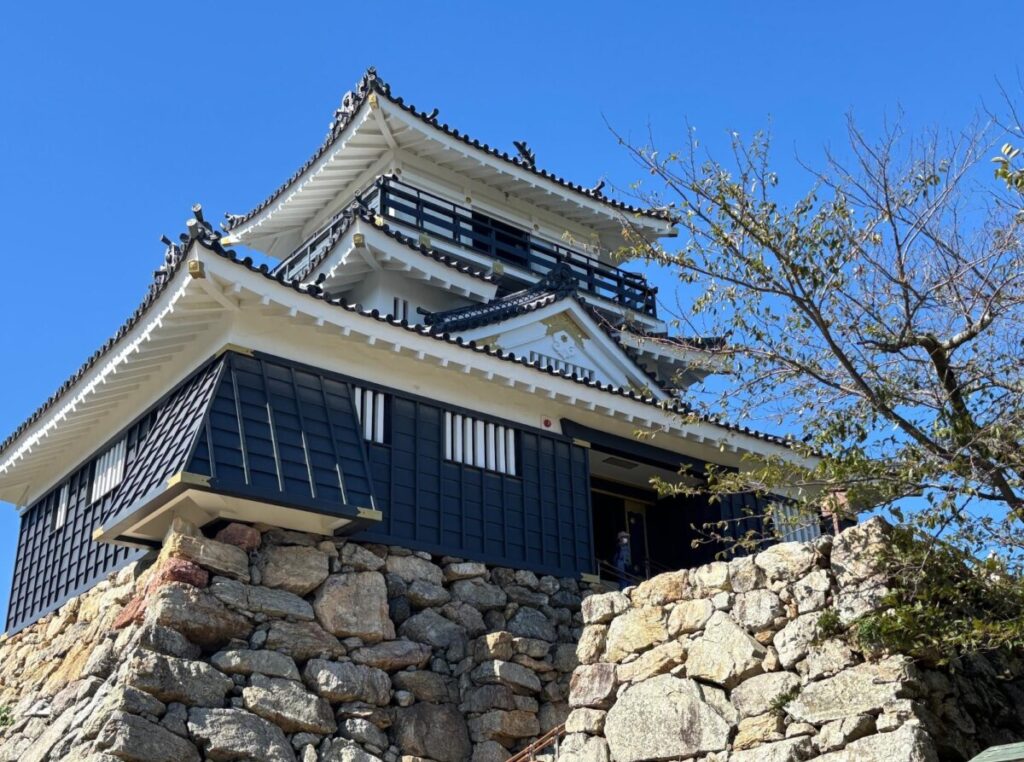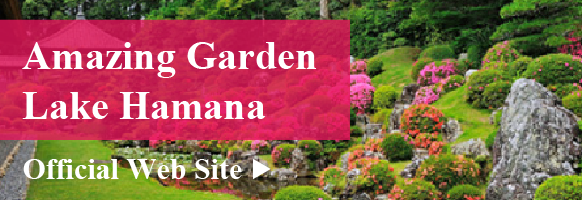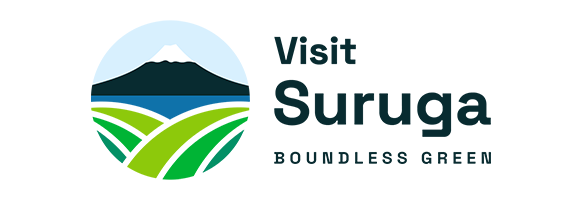Get to Know Hamamatsu
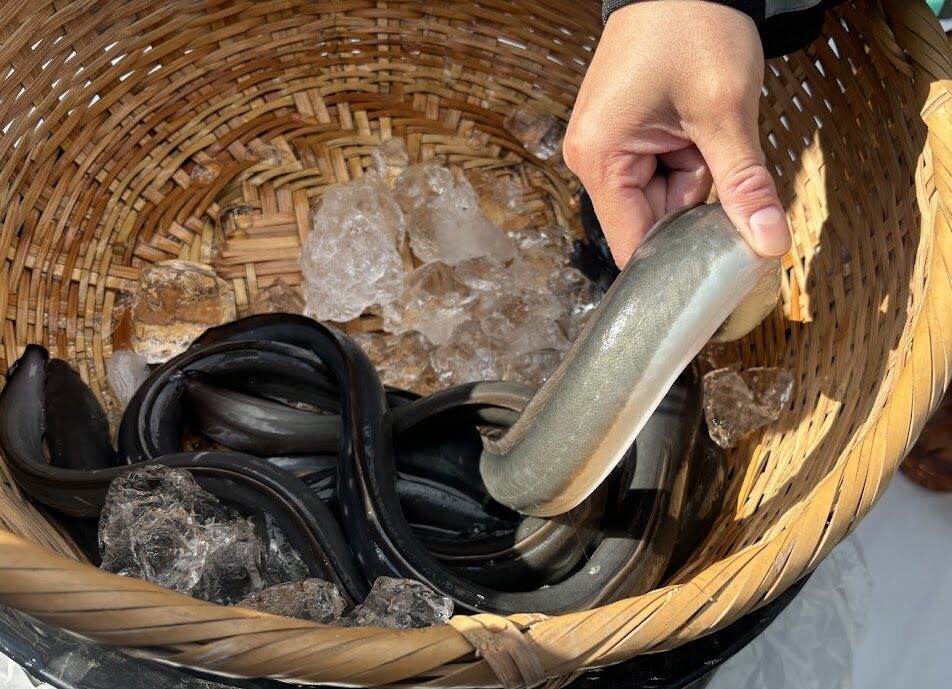
- Eat
A Must-See for Unagi Lovers! The Charm and Birth Story of Hamana Lake’s New Brand Unagi “Deshiko”
Lake Hamana is one of Japan’s top eel-producing regions. In 2024, a new brand eel called “Deshiko” was born here…
Lake Hamana is one of Japan’s leading regions for eel farming.
Thanks to its rich natural environment and the outstanding skills of local craftsmen, a new branded eel, “Deshiko,” was born in 2024.
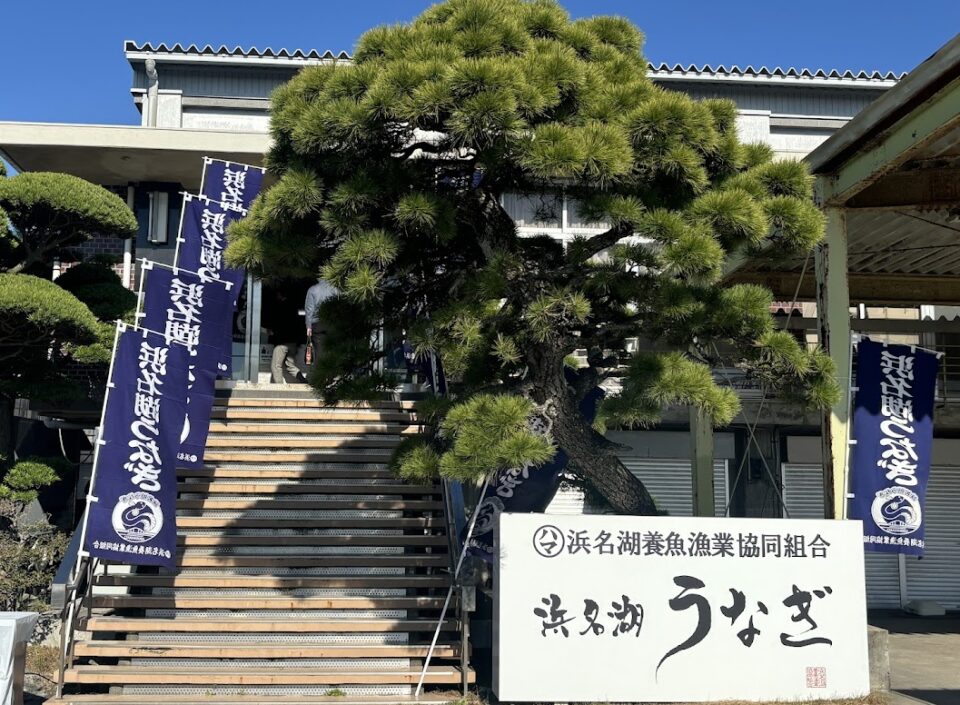
In this article, we’ll take a closer look at the story behind the creation of “Deshiko”, an eel known for its thick, tender texture, explore what makes it so special, and share how you can be among the first to try it!
History of Eel Farming in Lake Hamana
Lake Hamana is widely known as one of Japan’s premier regions for eel production.
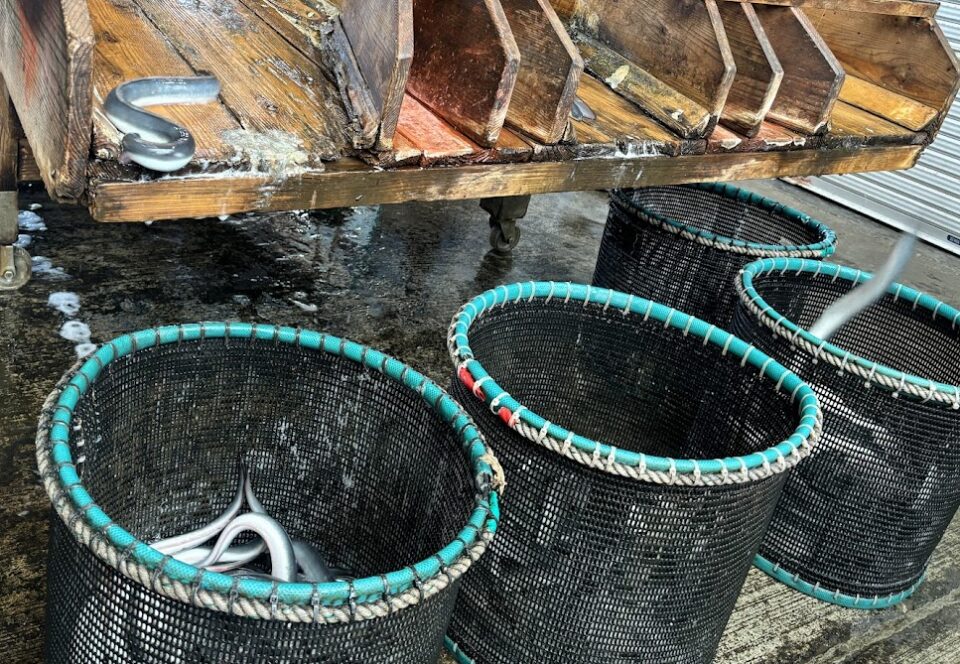
What supports the exceptional quality of eels raised in this region is the rich natural environment combined with the outstanding craftsmanship of local experts.
Let’s first take a closer look at why Lake Hamana is such an ideal place for eel farming, and then explore the story behind the birth of the new brand, “Deshiko.”
Why Lake Hamana Is Ideal for Eel Farming
Lake Hamana is blessed with a mild climate throughout the year.
In addition, its unique characteristic as a brackish-water lake, where nutrient-rich seawater flows in, further supports the healthy growth of eels.
Together, these conditions create an ideal environment for raising high-quality eels.

Furthermore, this region has a fishing tradition that dates back to the Edo period.
Over the generations, local craftsmen have continuously refined their eel farming techniques, ensuring consistently high standards.
As a result, the area has become widely known and cherished across Japan as a leading producer of premium-quality eels.
The Birth of the New Eel Brand Deshiko
Once boasting the largest production volume in Japan, eel farming in Lake Hamana has seen a decline in the number of producers over time, with its national ranking now falling to fourth place.
In response, local eel farmers shifted their focus from “quantity” to “quality,” dedicating themselves to the pursuit of delivering an unparalleled level of deliciousness never seen before.
The fruit of these efforts is the creation of the new premium eel brand, Deshiko.
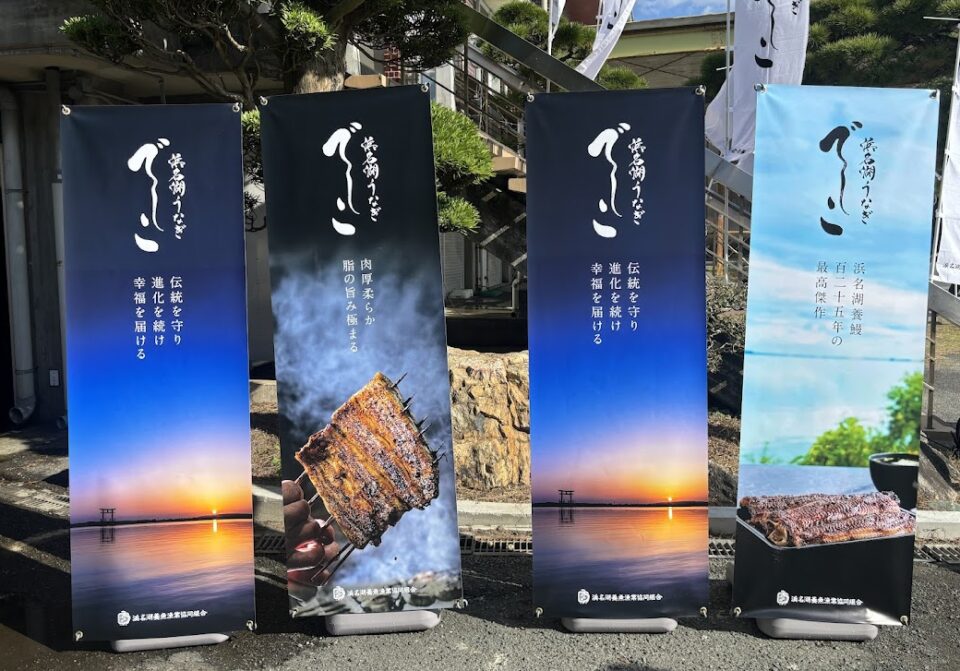
Deshiko offers a flavor that sets it apart from conventional eel, promising to bring a whole new kind of enjoyment to many people.
The New Brand Eel Deshiko from Lake Hamana
Deshiko is a premium brand eel born from the natural environment of Lake Hamana and the refined skills of local artisans.
Its appeal lies in its uncompromising quality standards and a flavor that clearly sets it apart from ordinary eel.
Here, we’ll explore how Deshiko differs from typical eel, the strict certification process it must pass, and the meaning behind its name.
The Difference Between Deshiko and Ordinary Eel
Did you know that eels are not born with a fixed gender?
In conventional aquaculture, they typically develop into males.
However, with Deshiko, female eels are successfully farmed by feeding them a diet enriched with soy isoflavones!
Female eels are thicker, more tender, and richer in fat compared to males, so each bite delivers a soft texture and a full, flavorful taste.
Having tried it myself, the moment I picked it up with chopsticks, it was incredibly tender—and absolutely delicious!
Characteristics and Certification Standards of Deshiko
To be certified as Deshiko, an eel must meet four strict criteria.
<Certification Criteria for Deshiko>
① Must be farmed by the Hamana Lake Eel Farmers’ Association.
② Must be raised entirely within the Lake Hamana region, from juvenile to shipment.
③ Must be fed the Association’s specially approved feed.
④ Must pass two quality inspections before shipment.
Only eels that meet all of these standards are released to the market under the Deshiko brand.

The skills and passion of Lake Hamana’s artisans ensure the high quality of Deshiko eels, backed by these rigorous certification standards.
The Meaning Behind the Name Deshiko
By the way, have you ever wondered where the name Deshiko comes from?
In fact, the name reflects the care and values of Lake Hamana’s eel farmers, as well as their hopes for the future.
<Origin of the Name Deshiko>
“De” to preserve tradition. (In Japanese “tradition” is “dento”.)
“Shi” continues to evolve. (In Japanese “evolve” is “shinka”.)
“Ko” Delivering happiness. (In Japanese “happiness” is “kofuku”.)
The name Deshiko also draws from traditional eel terminology used in the industry, such as “mekko,” “shinko,” and “hineko,” while celebrating the eel’s graceful and plump appearance.
It embodies a respect for tradition alongside a spirit of innovation.
Gaining Major Attention on Crowdfunding
The new eel brand Deshiko, born in Hamamatsu, also drew significant attention through a project on the crowdfunding platform Makuake in February 2025!

With a target of 500,000 yen, the total support surpassed 15,330,000 yen!
A total of 953 backers contributed to the project.
Where to Enjoy Deshiko Eel (Updated Regularly)
The number of restaurants in Hamamatsu where you can savor the new brand eel Deshiko is steadily growing!
1.Hamanako Unagi Maruhama
Note: Deshiko is available in limited quantities on days when the restaurant receives a shipment.
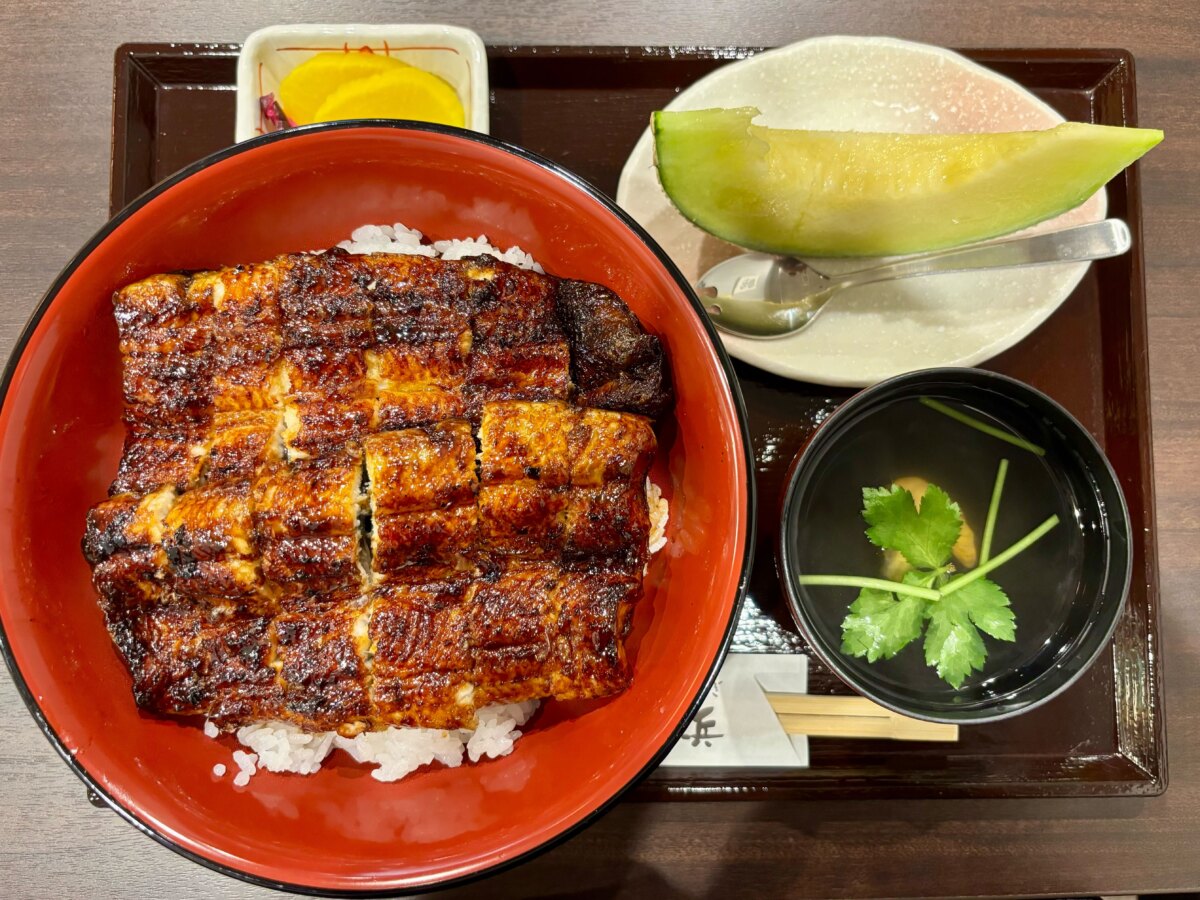
Hamanako Unagi Maruhama – Basic Information
Address: 322-4 Sunayama-cho, Chuo-ku, Hamamatsu-shi
(1-minute walk from the Shinkansen ticket gate)
Hours: 11:00–20:30 (Last order at 20:00)
Closed: Open year-round
Phone: 053-454-2032 (Reservations for seats not accepted)
Official Website: https://www.unagi-maruhama.jp/
2.Hamanako Unagi – Motoshirotei
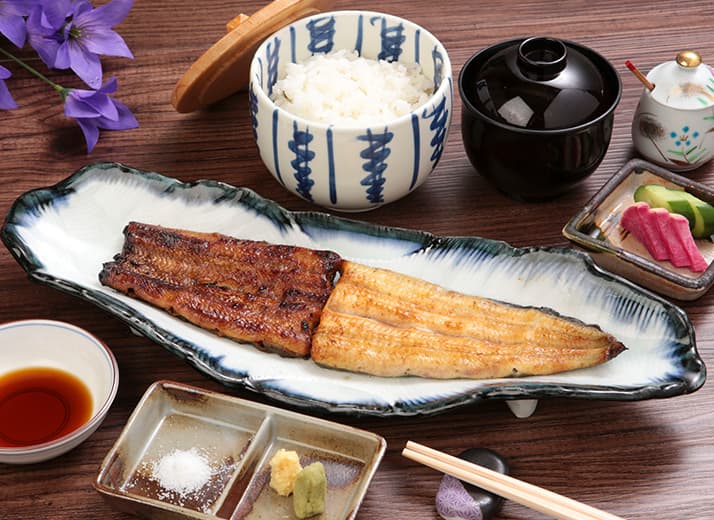
Hamanako Unagi Motoshirotei – Basic Information
Address: 109-18 Motoshiro-cho, Chuo-ku, Hamamatsu-shi, 18th Floor, Hotel Concorde Hamamatsu
Hours:
Weekends & Holidays: Lunch 11:00–14:30 (L.O. 14:00), Dinner 17:00–20:00 (L.O. 19:30)
Weekdays: Lunch 11:30–14:30 (L.O. 14:00), Dinner 17:30–20:30 (L.O. 20:00)
Closed: Mondays (Open if Monday is a holiday)
Phone: 053–487–0990
Official Website: https://www.concorde.co.jp/news/post-47.php
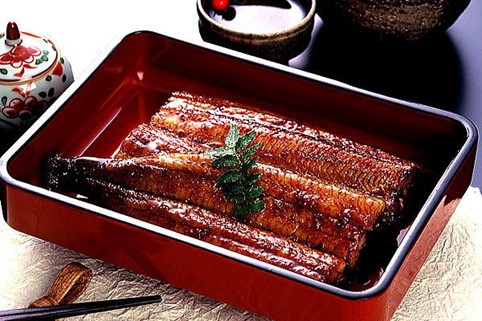
Delivering Premium Lake Hamana Eel for 98 Years — Hamanako Aikané Suisan Co., Ltd.
